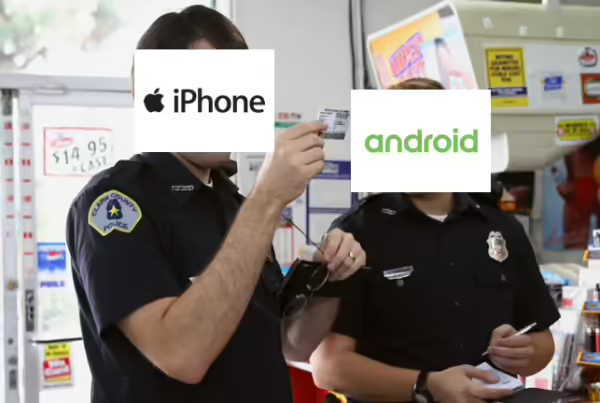The fragmentation of viewership across channels/screens is occurring faster than attribution tools can keep pace.
This is occurring in an ad environment where connected TV/OTT/streaming has not even begun to scale.
Other emerging channels that will start providing data for marketers:
1) Autonomous vehicles (Tesla, etc.)
2) Internet of things (Fitbit, etc.)
3) Virtual reality/augmented reality/mixed reality (Samsung VR, etc.)
4) Voice activation (Amazon Alexa, etc.)
5) In-store devices and sensors (store wi-fi, etc.)
How does attribution help marketers? The CEO @ TripAdvisor discussed changes that his company made to their overall marketing plan.
How does TripAdvisor make money? TripAdvisor provides a platform for consumers to rate/research hotels/destinations (think Yelp for travel). They generate revenue by referring traffic back to travel company sites.
What they learned:
1) Some paid digital channels (search, etc.) added revenue, but at a greater cost.
2) TV advertising generates a higher ROI
Quote from Steve Kaufer — CEO @ TripAdvisor.
“As we have better information and models on attribution, we saw some of the spend was not profitable,”
This has been a recent theme in the travel industry with both Booking.com and Priceline moving money from digital to TV.
I find this very surprising since my assumption would have been that cost-per-click advertising would have had the highest ROI for travel.
Important reminder. The cost relative to alternatives can quickly turn something that is the “best” into a secondary option. This can happen with video (CPM $, $/view, etc.) or performance marketing ($/click, etc.).
The chart below compares $/click averages for the travel industry against other verticals.




